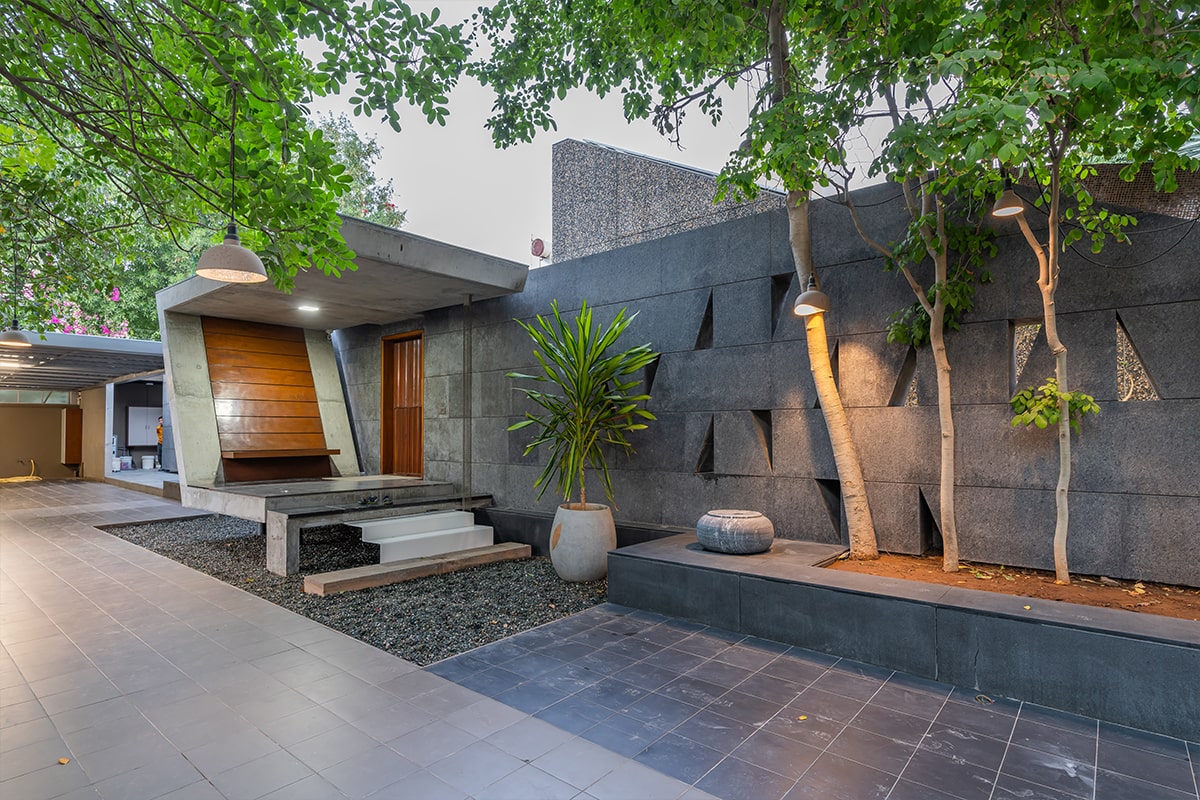
Villa design has long been associated with luxury, elegance, and a sense of grandeur. This type of architecture has evolved over the centuries, influenced by various cultural styles, climates, and advancements in design practices. Today, villa architecture continues to stand out for its ability to blend comfort, functionality, and aesthetic appeal while offering a distinctive living experience. What makes villa design unique is the attention to detail, the seamless integration of indoor and outdoor spaces, and the emphasis on both privacy and openness.
Historical Significance and Evolution
Originally, villas were large homes built in the countryside of ancient Rome, designed as luxurious retreats for the wealthy elite. These early villas were often surrounded by expansive gardens and were used as a place of leisure, offering a peaceful escape from the urban environment. Over time, villa architecture spread across Europe and beyond, evolving with various cultural and regional influences. The Renaissance period saw the development of more intricate and decorative villa designs, with elaborate facades, courtyards, and gardens that reflected both social status and refined taste.
In the modern era, villa architecture has adapted to meet the demands of contemporary living. While traditional elements are often preserved, modern villas incorporate cutting-edge technology, sustainable materials, and innovative design solutions. The result is a unique blend of old-world charm and modern convenience that continues to attract those seeking an exclusive and comfortable lifestyle.
Key Characteristics of Villa Design
What sets villa design apart from other forms of residential architecture is its emphasis on luxury, spaciousness, and a strong connection with the surrounding environment. Below are some of the key characteristics that define this architectural style.
1. Generous Space and Layout
One of the most prominent features of villas is the ample space they offer. Unlike more compact housing types, villas are designed to provide expansive living areas. This typically includes multiple bedrooms, large living rooms, dedicated dining areas, and often additional spaces such as libraries, home offices, or entertainment rooms. The layout is often open and flowing, with rooms seamlessly transitioning from one to the next.
2. Integration with Nature
The connection between indoor and outdoor spaces is another defining characteristic. Many villas feature large windows, glass doors, and sliding panels that create an open, airy feel. These elements allow natural light to flood the interiors and offer unobstructed views of the surrounding landscape. Courtyards, gardens, terraces, and balconies are often integral parts of the design, further enhancing the villa’s harmony with nature.
Additionally, the surrounding grounds play a key role in villa architecture. Whether it’s a lush garden, a swimming pool, or a private patio, outdoor spaces are carefully curated to complement the villa’s overall aesthetic. This integration of nature makes the villa not only a living space but also a sanctuary for relaxation and enjoyment.
3. Architectural Detailing
Another distinguishing feature of villas is the high level of architectural detail and craftsmanship. Whether it’s the ornate facades, intricate moldings, or custom-designed finishes, villa architecture is often characterized by meticulous attention to detail. Decorative elements such as columns, arches, and vaulted ceilings can add grandeur to the design. The use of luxurious materials, such as marble, high-end wood, and premium finishes, further enhances the elegance of the villa.
4. Privacy and Security
Villas are often located in secluded or exclusive areas, which provides a high degree of privacy for the residents. The layout and design of the villa are intentionally planned to minimize the intrusion of neighbors and passersby, often incorporating walls, gates, and well-placed landscaping to create a sense of enclosure. This makes villas ideal for individuals or families who value privacy, security, and a peaceful environment.
5. Customization and Personalization
Given the large size and the wealth of space that villas offer, the design process tends to be highly customized. Villa owners often have more freedom to personalize their homes, choosing unique layouts, finishes, and features that align with their personal preferences. This flexibility allows for a high degree of individuality in each villa design, making no two villas exactly alike.
Modern Innovations in Villa Design
While villa design has deep historical roots, modern villas incorporate cutting-edge innovations that enhance comfort, convenience, and sustainability. For instance, smart home technology is becoming increasingly popular in villa architecture, allowing residents to control lighting, security systems, and climate with ease. Sustainable practices, such as the use of energy-efficient appliances, solar panels, and environmentally friendly materials, are also being incorporated to reduce the environmental impact of villa living.
Additionally, modern villas often include features like infinity pools, home gyms, wine cellars, and home theaters—luxuries that elevate the living experience to a new level. These innovations ensure that villa living remains synonymous with luxury and exclusivity in the modern era.
Cultural Influences and Regional Variations
Villa architecture is not a monolithic style; it is shaped by the culture, climate, and geography of the region where it is located. For example, Mediterranean villas often feature terracotta roofs, stucco walls, and wide verandas designed to keep the interior cool in hot climates. In contrast, villas in colder regions may incorporate large fireplaces, heavy stone walls, and materials that retain heat.
In cities like Ahmedabad, where climate and culture play a significant role in design, villa architecture may feature elements that address both environmental needs and aesthetic preferences. These might include courtyards that provide natural cooling, open terraces for warm evenings, or the use of local materials like sandstone to maintain the region's cultural identity.
Conclusion
The unique qualities of villa design lie in its ability to offer luxurious living with a deep connection to nature and its surroundings. The spacious layouts, attention to detail, and customization options set it apart from other forms of residential architecture. Whether rooted in tradition or embracing modern innovations, best villa architecture in Ahmedabad continues to provide an unparalleled living experience that harmonizes comfort, elegance, and privacy.
Comments